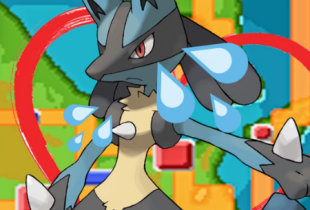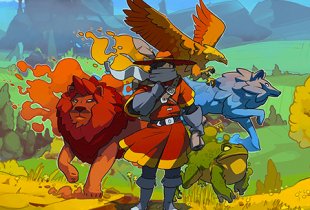Game description:
Evolution is a board game where players manage species competing for survival in a changing environment. The goal is to create species that can obtain food, resist threats, and stay alive as conditions shift. Each round introduces new opportunities and risks, requiring players to choose how to develop their species. The central mechanic revolves around food availability, and the choices of other players directly influence which species thrive. Success depends on building traits that respond well to both the ecosystem and the moves of competitors.
Species Creation And Trait Selection
At the beginning of each round, players receive a hand of trait cards that can be used in several ways. Cards allow the addition of traits, the introduction of new species, or the growth of existing populations. Traits define how a species interacts with the environment—whether it feeds efficiently, defends itself from attacks, or gains advantages through cooperation. A species can hold up to three traits, and choosing the right combinations is key to lasting through the full game. Players must think ahead and observe opponents’ patterns to avoid being left without food or protection.
Game Flow And Player Options
Each round of Evolution follows a set sequence of actions that guide player decisions and interactions:
· Draw trait cards
· Choose one card to add food to the central pool
· Play remaining cards to develop species
· Feed each species one at a time
· Adjust population and prepare for the next round
This structure keeps the game organized while leaving room for flexibility. Feeding is done in turns, with players choosing how to allocate food and whether to activate carnivores to attack. Defensive traits, cooperation, and population size all influence how a species performs. Because food is limited, conflict between players is frequent, especially when multiple species depend on the same resources.
Growth And Elimination
Maintaining a strong population is important, but doing so without enough food leads to decline. Each species must eat once per population unit or face reduction. Carnivorous species introduce additional tension, as they feed by attacking others instead of from the shared pool. Defending against these attacks requires the right combination of traits. If a species goes extinct, the player loses access to its traits and must rebuild using new cards. This creates an ongoing challenge of risk management and adaptation as the game moves toward its final rounds.
Evolution encourages players to adapt constantly to changing conditions and competing strategies. It presents a system where no species is guaranteed safety, and where advantage often comes from timing and observation. The game emphasizes balance—between offense and defense, between growth and sustainability, and between short-term gain and long-term strategy. Each round presents a chance to recover or fall behind, and the winner is often the player who responded most effectively to pressure from both the environment and other players.
























































































































































Comments